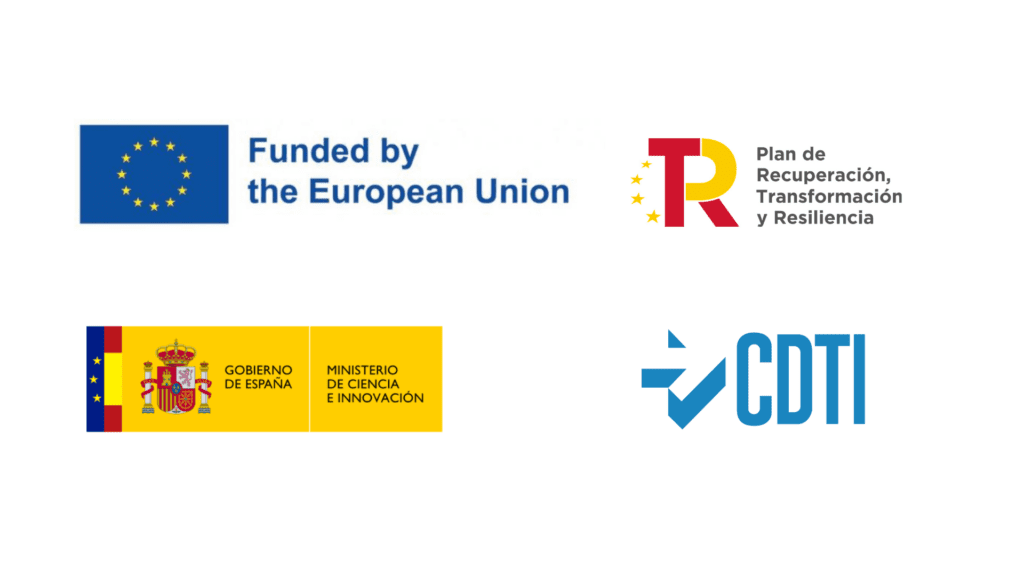

Aging is a natural and inevitable process that affects all living beings, including humans. As we age, we experience changes in our systems and tissues that can impact our health and well-being. One of the aging-related phenomena that has garnered the attention of scientists in recent years is “inflammaging,” which refers to inflammatory aging.
What Is “Inflammaging”?
Inflammaging is a state of chronic low-grade inflammation that develops with aging. As we age, the immune system can become less efficient and more prone to producing proinflammatory cytokines. These cytokines trigger a persistent and low-grade inflammatory response in the body, even in the absence of infections or injuries. Inflammaging has been linked to a range of age-related chronic diseases, such as cardiovascular diseases, type 2 diabetes, arthritis, and cognitive decline.
Biological Clocks: Monitoring Aging
In the quest for tools to better measure and understand aging and inflammaging, researchers have developed biological clocks. These biological clocks are methods that estimate a person’s biological age based on specific markers. Biological clocks go beyond measuring chronological age; they take into account molecular and cellular changes associated with aging. In the following section, we’ll explore some of the most relevant biological clocks.
Biological Clocks from Different Organ Systems:
- Horvath Epigenetic Clock: Developed by Steve Horvath in 2013, this biological clock relies on DNA epigenetic modifications, specifically DNA methylation. It analyzes certain regions of the genome and assigns an “epigenetic age” that may differ from a person’s chronological age. Horvath’s epigenetic clock has proven useful in predicting mortality and overall health.
- Transcriptomic Clock: This approach analyzes gene expression profiles to estimate biological age. Changes in the expression of certain genes are associated with aging, and the transcriptomic clock uses this information to predict biological age. In this article, we delve into various applications of the transcriptomic clock.
- Telomeric Clock: Telomeres are protective structures at the ends of chromosomes that shorten with each cell division. Telomere shortening is associated with aging and the development of age-related diseases. Analyzing telomere length can be used as a biological clock to estimate biological age.
Biomarkers for Monitoring “Inflammaging”:
In addition to biological clocks that assess aging in general, scientists are researching specific biomarkers to monitor inflammaging and chronic inflammation associated with aging. Some of these biomarkers include:
- Proinflammatory Cytokines: Measuring cytokines like interleukin-6 (IL-6) and tumor necrosis factor alpha (TNF-α) can provide information about the body’s inflammatory status.
- C-Reactive Protein (CRP): CRP is an inflammation marker that rises in response to chronic low-grade inflammation.
- T-Cell Senescence Index: An analysis of specific T cells can help evaluate the state of the immune system and the inflammatory response.
However, genetic tests like Beyond You exist, allowing you to analyze hundreds of inflammation-related biomarkers that can provide you with valuable information to prevent and address issues associated with inflammaging.
If you want more information, you can contact us at community@beyondyou.life, and our experts will answer all your questions.


